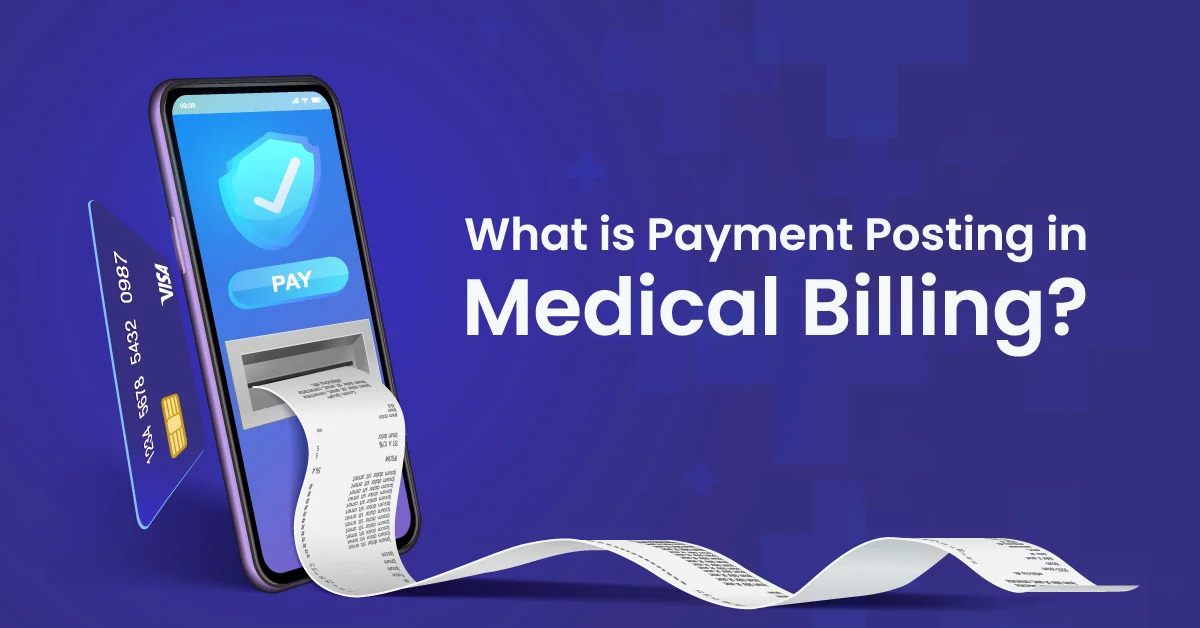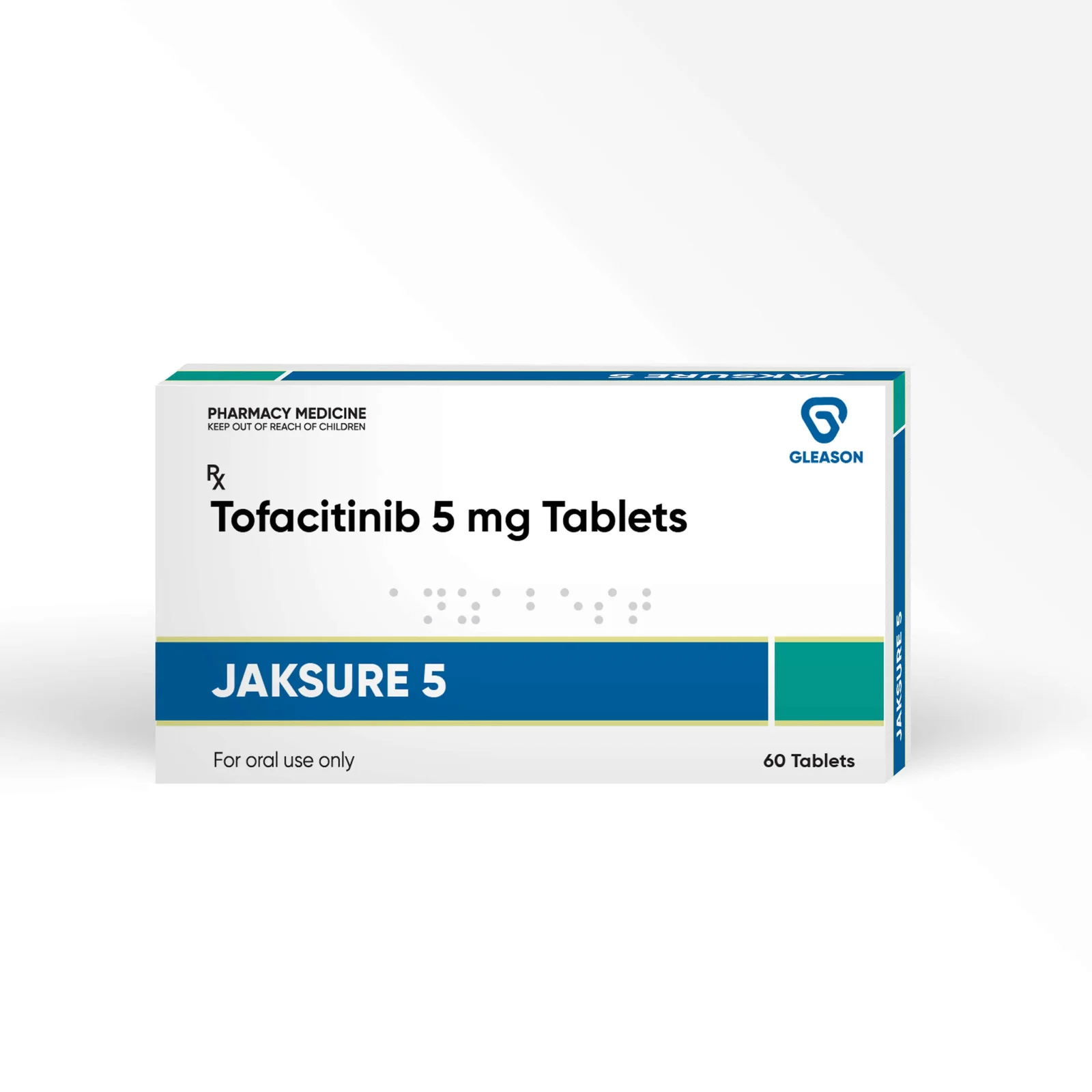Due to the dynamic nature of the healthcare environment. There is a need to continuously review and manage patient files and billing to avoid delays in payment processing. Many facets are proficient, but perhaps payment posting is the most important. Payment ng is an essential medical coding and billing function that documents payment receipts from patients or insurance payers. The services rendered and payments corresponding to the services offered are for understanding payment posting concerning medical billing in the current piece of writing. This blog post discusses the importance of posting payments in detail while highlighting their benefits. It also explains why there is a need for healthcare experts to post payments correctly and on time. This post also focuses on medical billing services.
Understanding Payment Posting
Payment posting involves updating one’s accounts with payments made by patients and third parties. It includes health insurance providers for the services offered. The following activities are involved in this process:
-
Receiving a Payment: Payments received include postal mail enclosures such as checks, card swipes over a machine, money transferred electronically, and hard cash.
-
Verifying a Payment: Before posting the payment, it is important to ensure that the pending payment is for the right patient and the amount is collected from billed services.
-
Recording Payments: After such confirmation, the payment is posted into the billing system, thereby altering the debtor’s account balance.
-
Adjusting Accounts: Adjustments such as write-offs and discounts have to be recorded or applied in the relevant way to keep proper records.
-
Reconciliation: Lastly, the posted payments should be reconciled with the amount deposited in the bank and the receipts from the insurance companies to ascertain the accuracy of the figures shown in the records.
The Role of EMR and EHR in Payment Posting
Payment posting is indispensable to every medical billing framework and electronic medical records (EMRs). These processes also require Electronic Health Record (EHR) systems. EMRs within a single healthcare institution record and control patients’ information. Healthcare professionals have accessed patients’ longitudinal records using them, even from different institutions. Integration with different healthcare facilities has further facilitated this access. Payment Posting
-
Optimized Data Entry: EMR and EHR systems focus on reducing the need for user input of patient information and billing codes, thus reducing errors when payments are posted. When a healthcare provider uses these systems, recording the services provided accurately becomes possible, facilitating payment posting.
-
Increased Openness: Electronic health records (EHR) assist medical professionals in providing patient information to other doctors and insurance providers. This also enables the stakeholders to have all the information, thus ensuring that billing and payment processes are clear.
-
Higher precision: Healthcare facilities can reduce billing differences by enhancing payment posting with EMR and EHR technology. The insurer will likely pay claims without delays because they will process accurate information for coding and billing.
-
Real-time Access: The design of EHR systems has provided an avenue for healthcare practitioners to track patients’ payment records and other pertinent information in real time. This facilitates their ability to support any payment made for services rendered without any waiting period.
-
Push Messages: Many EMRs and EHRs also provide automated alerts for overdue amounts, which helps satisfy the needs of the accounts receivable department in the billing cycle. It makes the post-payment acquisition effortless and promotes healthy cash inflow.
Importance of Payment Posting in Medical Billing
Improves Cash Flow Management
There are many compelling reasons why healthcare organizations utilize accounts receivable management software, including the effective posting of payments received. Timely entry and reconciliation of payments allow the healthcare provider to better manage its financial position. Ensuring the effective posting of payments and monitoring of all outstanding amounts. This leads to better collections and shorter periods of outstanding sales.
Enhances Financial Reporting
As mentioned, sufficient payment posting is very important in preparing proper financial statements. When one makes payments, it ensures that every entry is made correctly. One can assess the income, the principal outstanding, and the total work done conjunctively. Business activities, such as projection, appropriation of resources, and crafting strategies, should consider such reports.
Reduces Billing Errors
Several healthcare practitioners have noted that there are instances where billing mistakes could result in claim denials and delayed payments. Payment posting is very important in ensuring that all transactions are posted accurately and avoiding errors that may lead to rejection of the transaction process. By integrating EMR/EHR with Payment Posting, healthcare providers can eliminate obstacles. It reduces billing disputes and ensures timely payment for their services.
Enhances Patient Satisfaction
Correct billing postings ensure patients’ satisfaction is at its peak. Clients make payments and, in turn, get billings consistent with what they have received, which gives them confidence and happiness. Patients who post their payments properly do not risk engaging in any billing errors, which makes interacting with the health care provider easier.
Facilitates Regulatory Compliance
Following payment policies is very important to following healthcare system regulations, such as HIPAA. This helps avoid the risk of tampering with patients’ records. Any institution may be able to justify the necessity of each transaction through applicable legislative requirements on financial records. It also ensures that no information breach occurs in the patients’ safekeeping.
Supports Insurance Reimbursement Processes
Medical billing has to incorporate an effective claims filing procedure, which, in turn, encompasses insurance reimbursement. Effective payment posting ensures that healthcare payers’ or patients’ payment tracking systems work accurately and efficiently. This is critical to the claim’s status. Appropriate for justice, inappropriate for justice, and the appeal for payment without goods and services. Delivery of effective payment posting may narrow the relevant time frame to undergo reimbursement or payment. This is beneficial for the financial health of healthcare organizations.
Improves Resource Allocation
Improving the efficiency of payment posting processes in the healthcare sector will lead to better resource management. Knowledge of payment trends and outstanding balances will assist managers in identifying the specific areas that require additional attention, such as collection efforts or interaction with insurance companies. In a practice with multiple functions. This method of managing finances allows the Company to reduce activities that do not generate value, such as wasting time on changing non-productive staffing quotas.
Best Practices for Effective Payment Posting
For payment posting to be effective, healthcare providers should observe the following best practices:
-
Utilize EMR and EHR Systems: The deployment of sophisticated EMR and EHR systems can perform many functionalities of payment posting, leading to minimal manual input and magnifying efficiency.
-
Train Staff Thoroughly: The billing department must be educated about using EMR and EHR systems for payment posting. This must also include ways of checking the payment status, preparing adjustments, and performing balance reconciliations.
-
Conduct Regular Audits: Payment posting practices must also be subjected to proper control measures through regular audits to improve efficiencies and conform to all billing rules.
-
Monitor Accounts Receivable: Actively monitor accounts receivables to ascertain which payments have not been made and contact the patients or the respective insurance companies as needed.
-
Encourage Patient Engagement: When patients receive simple bills with effective payment methods, it motivates them and ensures they can clear their dues on time.
Conclusion
The payment posting process is of utmost importance in medical billing as it greatly affects the revenue cycle management of health facilities. When healthcare practitioners can correctly record and account for all patient payments. They can control cash flows, manage billing inaccuracies, and improve patient experience. Including payment posting in EMR and EHR systems also has advantages. It allows on-site access to patient data and enhances the billing processes through transparency.
Payment posting practices are likely to advance even further with the growth of the healthcare sector. Instead, technology should support healthcare institutions in enhancing their billing activities and preparing them for market dynamics by actively postulating payment as a good practice. This is for healthcare providers who hope to achieve better financial returns while providing quality services to patients. It is crucial to appreciate the role membership has in payment posting.





